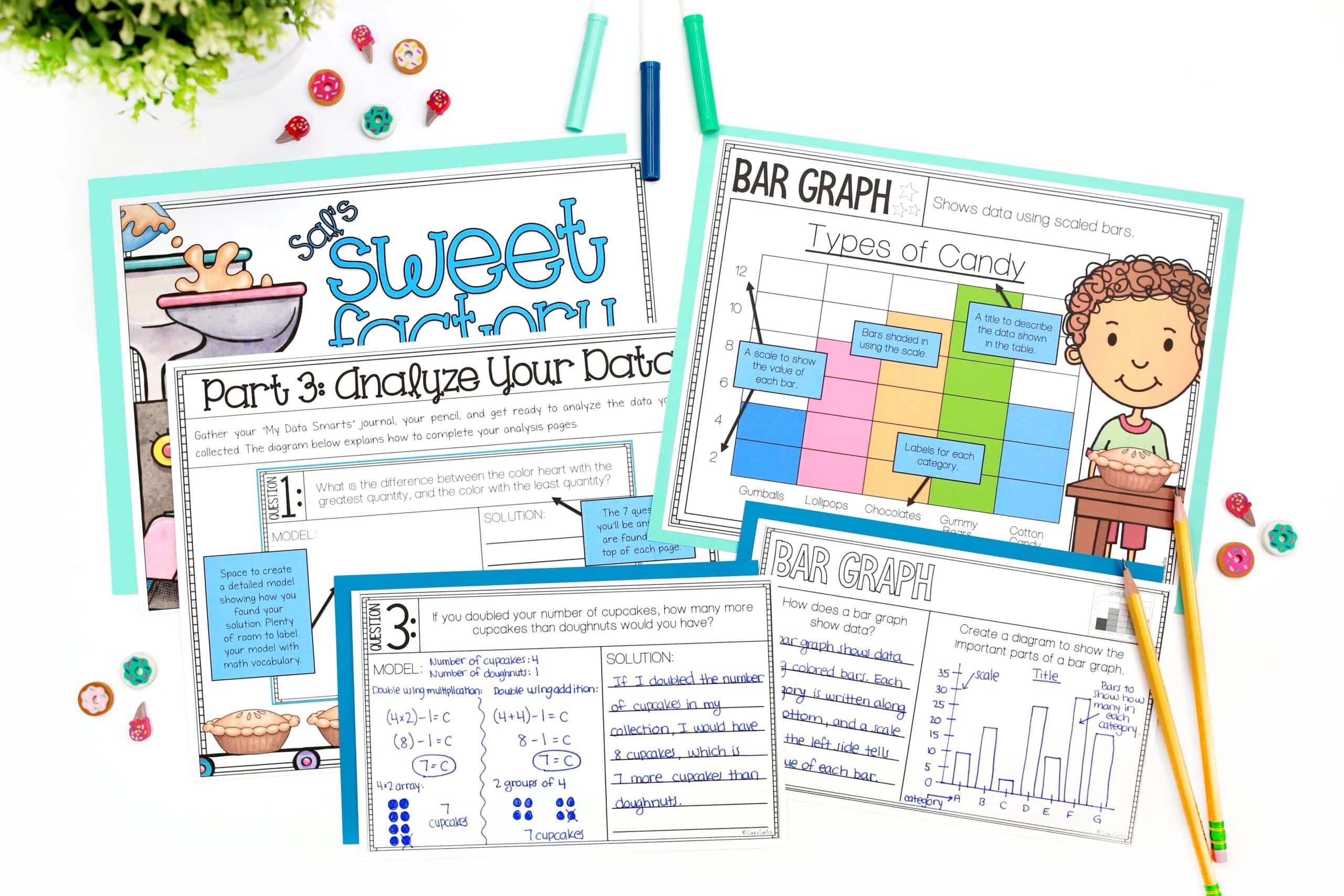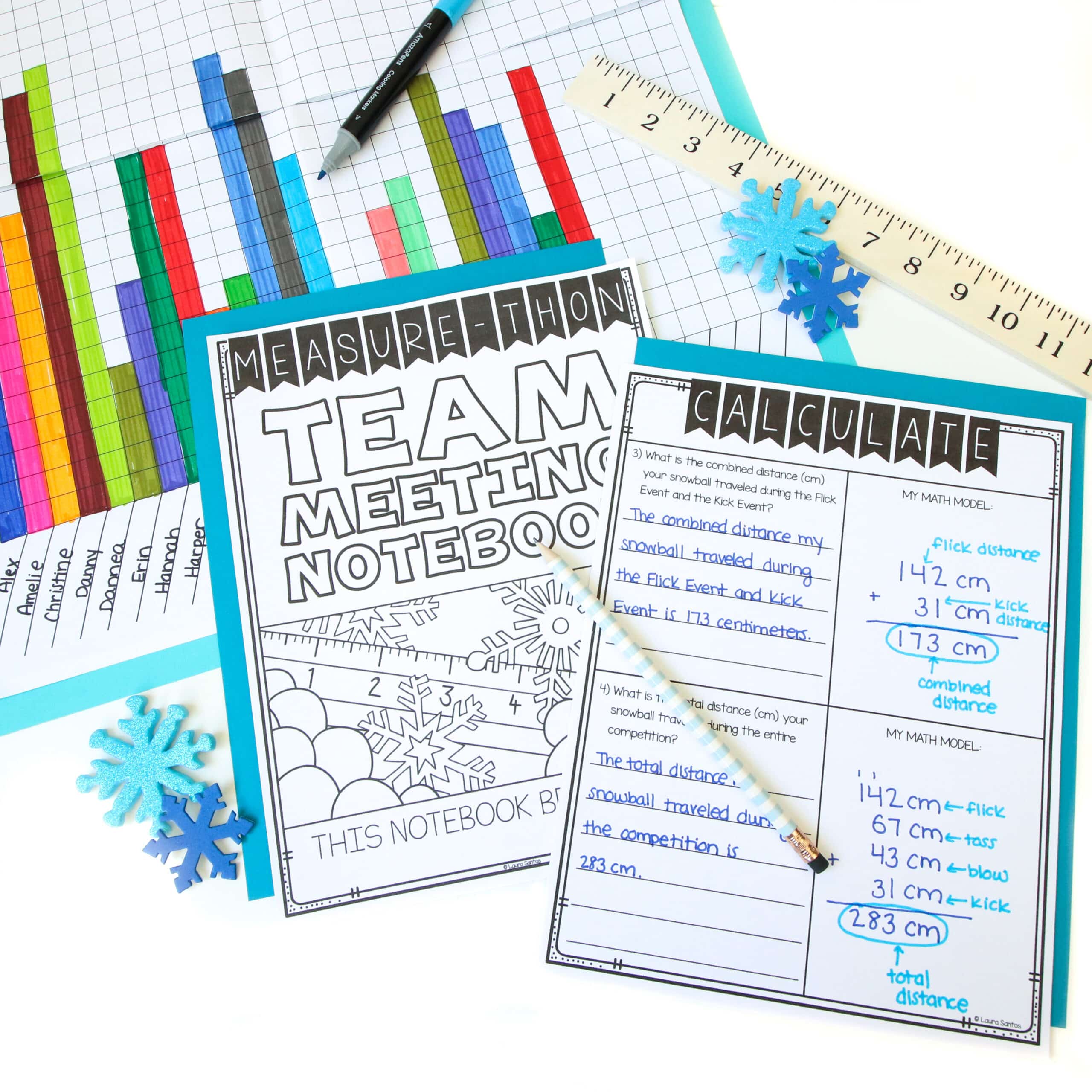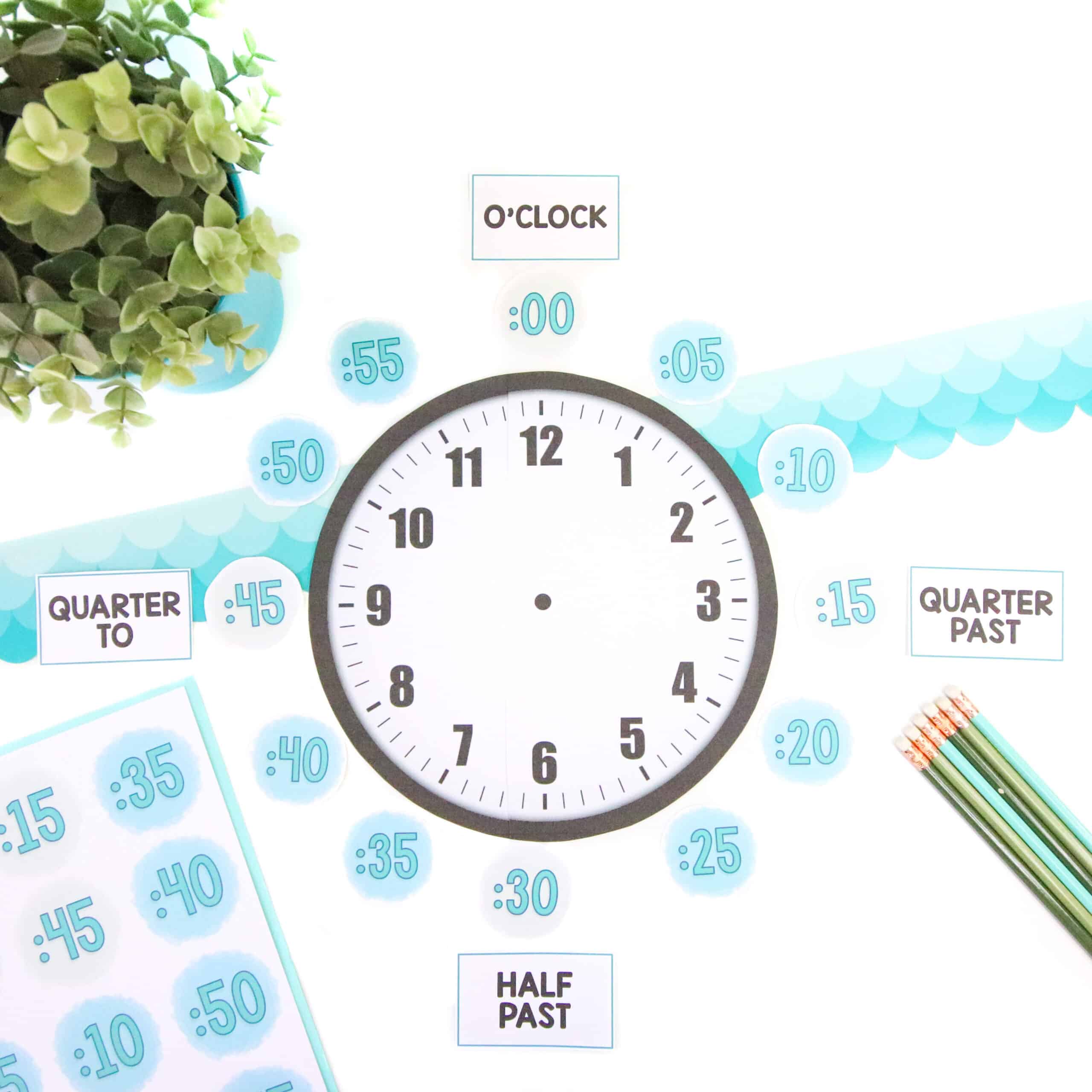This summer, I will be releasing all 20 Teacher Creator’s Toolbox videos here on the Core Inspiration blog. Teacher Creator’s Toolbox is a comprehensive guide to help you succeed as a seller in the TPT marketplace. If you are interested in watching these video tutorials in chronological order, visit my video index here.



What You’ll Learn
(00:24) Giving Credit Where Credit Is Due
(00:43) What Is Commercial Use?
(01:10) Following Commercial Use Guidelines
(01:35) Finding Commercial Use Elements
(02:21) Avoiding Copyright Infringement
(03:39) Emailing Artists To Request Commercial Use
(04:27) Detailed Information About CU and Copyright
Tool 4 Transcript
Welcome to Legal Tool 4. During this tutorial, I will teach you all about what commercial use is and how to ensure you are following commercial use guidelines.
The most important thing to remember when incorporating clip art, fonts or any design elements into your free or paid products is : if you did not create it yourself, you need permission from the creator to use it.
What Is Commercial Use?
First let’s start by clarifying what commercial use is.
When it comes to selling classroom resources, commercial use is the use of anything (like clip art, fonts or other digital creative elements) within a product or resource that generates income.
If you use an artist’s creative elements in a resource that you hope will generate income for you, you must first have permission to do so.
Is This Clip Art Permitted For Commercial Use?
So how can you be sure the design elements you wish to use are permitted for commercial use?
First, be sure to search specifically for “commercial use fonts and graphics”.
The most efficient way to find commercial use clip art and fonts is to search Teachers Pay Teachers, Teachers Notebook, ETSY, Google using search terms like:
- “Commercial use fonts”
- “Commercial use graphics”
- “Commercial use clip art”
If you are searching for a specific image – add the image description to the end of your search:
- “Commercial use clip art, city”
Once you’ve sifted through the results and found creative elements you are interested in using, take the time to carefully read the entire terms of use for the graphic artist.
You must see specific language that clearly gives permission to create and sell classroom resources using the artist’s designs. If you do not see this specific language, you do not have permission to use the artist’s elements in that way.
Remember: Using an artist’s creative elements in products you sell without abiding by ALL the artist’s terms of use is called copyright infringement. Copyright infringement can lead to a lawsuit, fines and potentially the forced closure of your online store.
Where Do I Find Commercial Use Guidelines?
Now, you may be wondering where to find the terms of use once you’ve found design elements you like. This depends entirely on the individual artist and the site you are purchasing through.
Many artists who sell of TPT or TN include their terms of use in their product description or their product preview.
Many artists using ETSY include thier TOU in their product description or have a link to their policys within their product description.
I love purchasing clip art from digital scrapbooking artists who use a slightly different format – they often include their TOU as a link at the bottom or in the sidebars of their blogs or websites.
When you find design elements that suite your style AND are allowed for commercial use, you have a match.
Getting Permission To Use Clip Art For Your TPT Products
I have encountered a few artists who I absolutely adore but have not specifically included TPT sellers in their TOU. In those cases, I simply message the artist and ask for specific permission. I have never waited more than a day to hear back from them and always with good news that I have permission to incorporate their work into my products. They are usually very excited to know that there are teachers in the world who design and sell resources – it’s a new market they didn’t previous know about.
I’ve included a PDF of a basic contact letter you can use as a guide if you ever need to contact an artist about using their work.
Remember to always save your correspondence with them just to play it safe.
Save Your Clip Art Receipts
Those are the basics for abiding by commercial use guidelines. Take some time to search around Teachers Pay Teachers, ETSY, and Digital Scrapbooking sites for some commercial use elements that fit your personal style. As always, be sure to keep receipts for any purchases you make so you can accurately categorize them during tax season.
If you are interested in more information about this important topic, refer to any of the links below.
Next up, in Tool 4, I will give you tips for crediting all the wonderful graphic artists and font designers you are about to fall in love with.







5 Responses
These videos are so very helpful, THANK YOU for making them! 🙂
Thank you Ashley! 🙂
Your videos, filled with mellow music, valuable tips and organizational guidance are a blessing, as I approach my own creative resource development. In that retirement phase but empowered by many elements [during my career] that seem to be applicable to this process of sharing knowledge. So appreciative of your rich work. Cannot thank you enough…and I will apply the ‘gems’ to my new jewel: creating digital works.
Laura, You have been a lifesaver! I have watched every single one of your instructional videos about tpt – some more than once and have been following all of your advice. You have saved me a ton of time and potential heartbreak! I cannot thank you enough. Now, as I am producing actual content for my store front, I am wondering about the legality of incorporating links to other people’s youtube videos as part of the lessons I am offering to customers. I have purchased many lessons on tpt that do this, but the idea of doing it myself is making me pause. What is your take on this practice?
Hi Sonya,
Thank you for reaching out with the kind words and congrats on getting started with creating resources. 🙂 I think linking to YouTube videos is okay as long as you give credit to the video creator on your credits page.
Warmly,
Laura